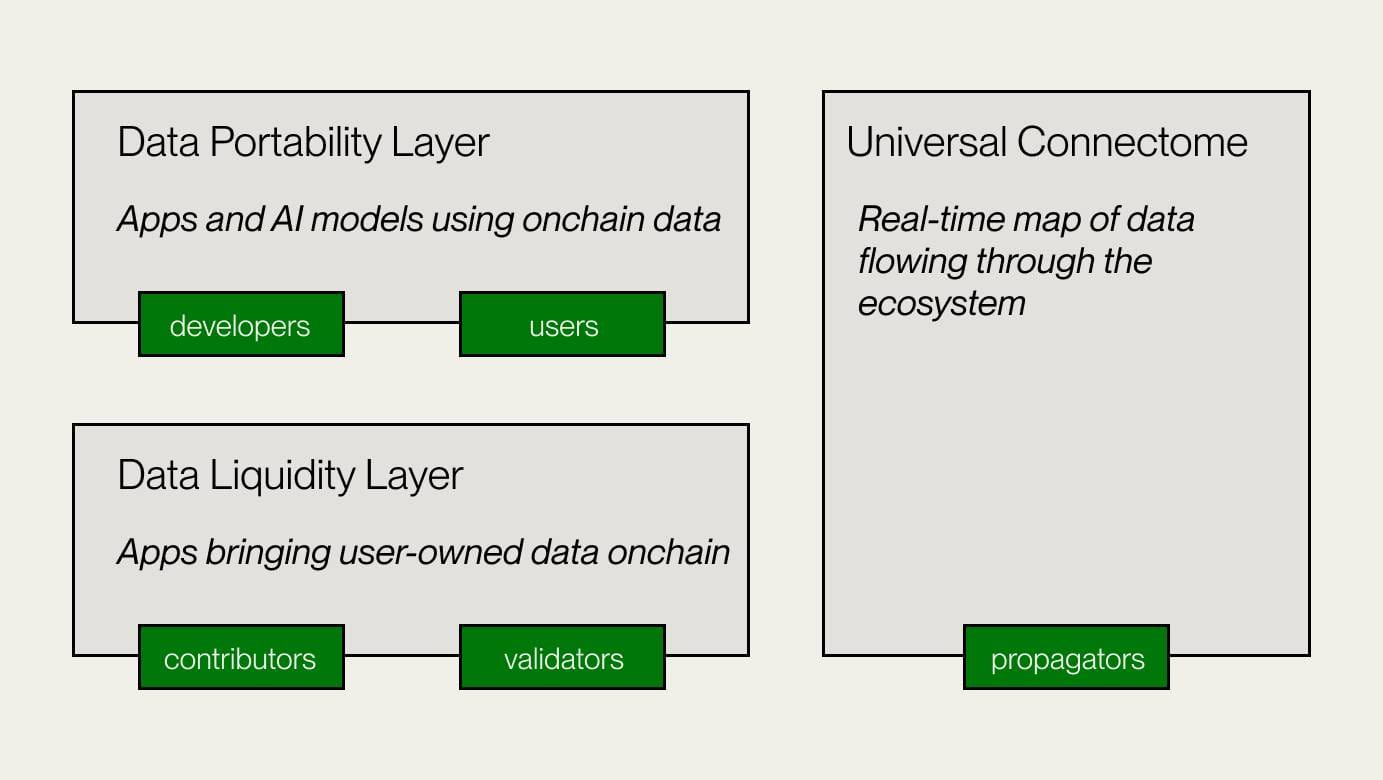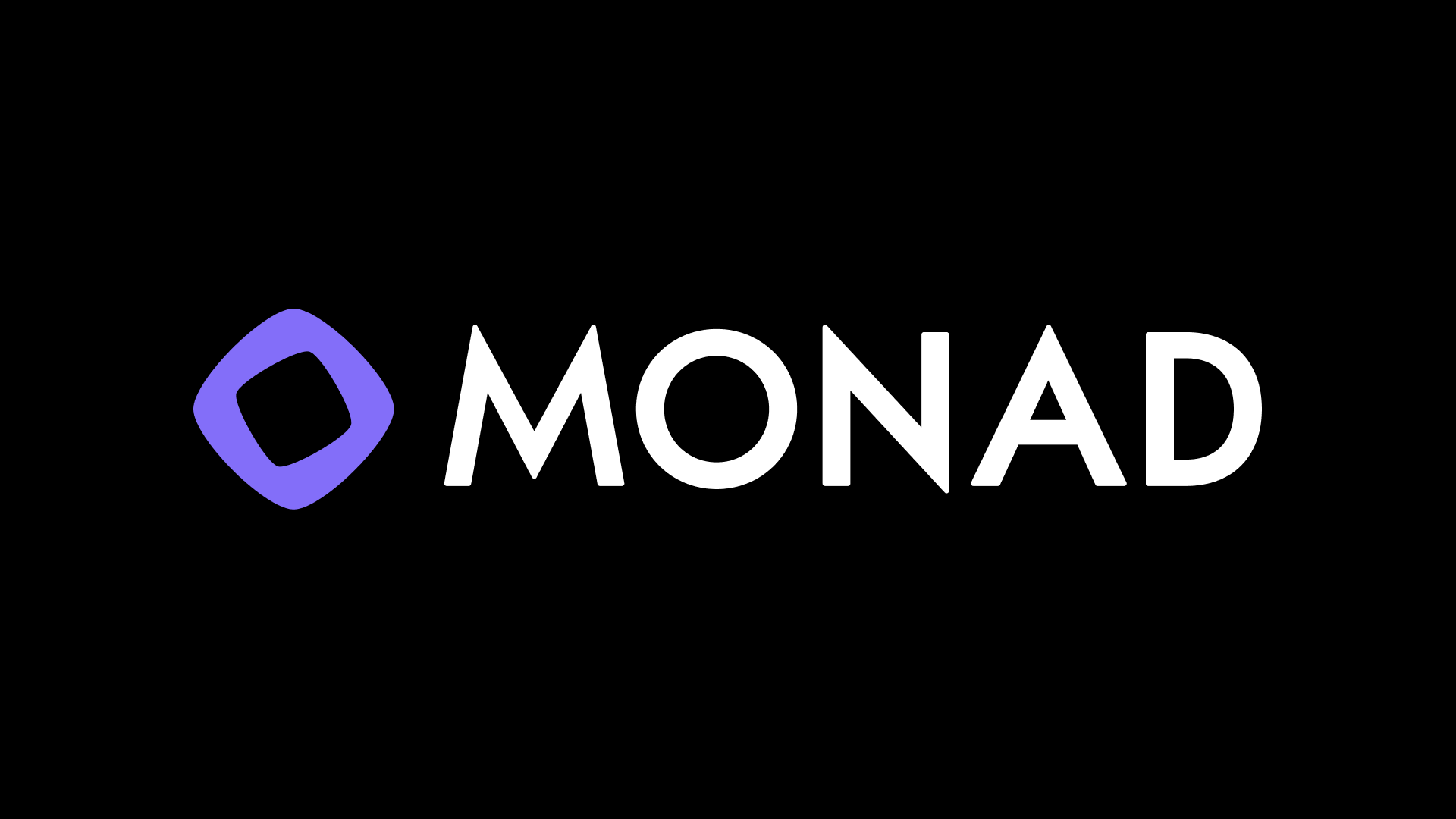Vana - The Journey of Empowering Data Ownership for Users in the Age of AI
Posted on September 30, 2024 by Admin

What is Vana?
Vana is a layer 1 blockchain specifically designed for private, user-owned data. With a focus on empowering users, Vana allows them to collectively own, govern, and profit from AI models trained on their data. This creates an ecosystem where users are not only data providers but also the main beneficiaries of the value generated from that data.
At its core, Vana functions as a data liquidity network, making data "liquid" and usable as a financial asset. To ensure that data is used safely and transparently, Vana employs two key mechanisms:
- Proof-of-contribution: This mechanism helps verify the value of private data without revealing sensitive details, ensuring that the contributed data is handled securely.
- Non-custodial data: This ensures that data is only used for pre-approved purposes, allowing users to maintain complete control over their information.
Through these mechanisms, Vana creates a trustless environment where data can be tokenized, traded, and used for AI training without compromising user privacy or control. This approach not only democratizes AI development but also introduces a new economic model in which data contributors become active stakeholders in the AI value chain, benefiting from the value they help create.
Features of Vana
Vana is a layer 1 blockchain platform that enables users and developers to incentivize data contributions globally, accelerating the development of user-owned AI applications and data liquidity pools. The key features of Vana include:
- Data Storage: Vana facilitates non-custodial data storage, where voting rights are determined based on the amount of data contributed. It also ensures the legitimacy of the data to maintain quality. Users store their data on personal servers, grant access to a trusted verifier, and then contribute their data to a collective server by encrypting it with a public key. The collective server operates based on rules established by the data contributors.
- Platform Model: Vana provides a model owned and managed by data contributors, allowing users to earn money through the use and governance of the model. Users train parts of the model on their personal computers and grant access to a DAO (Decentralized Autonomous Organization) to merge all the individual parts. The DAO assesses the value of the data contributed by each user and rewards them with a specific token. Developers then interact with the model API by burning these tokens.
With these features, Vana creates an environment where users can not only maintain full control over their data but also transform it into a valuable economic asset.
Operating Mechanism of Vana

Vana operates based on three main components:
- Data Liquidity Layer: This is where data is contributed, validated, and recorded on the network into Data Liquidity Pools (DLPs). The DLP creators deploy smart contracts specifying data contribution goals, including the purpose, validation methods, and data contribution parameters. Here, data contributors and supervisors send data to DLPs for validation, receive governance rights, and are rewarded based on the specified parameters of the DLP validation process.The purpose of the Data Liquidity Layer is to bring data on-chain and facilitate data transactions between contributors, supervisors, and validators. It manages the collection and organization of data so that it is accessible across the entire Vana ecosystem for users and developers.
- Data Portability Layer, also known as the Application Layer: This layer functions as an open data marketplace for data contributors and developers. Once the Data Liquidity Layer verifies and brings the data on-chain, the Application Layer provides the infrastructure needed for training user-owned foundation models and developing new AI dApps.The Application Layer serves as an active data hub where online communities can collaborate with developers to create economic value from their data. This fosters an interactive data ecosystem where data contributors benefit from network effects and value generated by their contributions.
- Connectome: Connectome is a decentralized ledger of real-time data transactions across the entire Vana ecosystem. It uses a proof-of-stake consensus mechanism, where Connectome propagators relay data transactions within the network. This ensures the valid transfer of DLP tokens and allows user-owned applications to access data across multiple DLPs.Connectome also allows third parties to view and track data transactions across the network. Additionally, it is compatible with EVM (Ethereum Virtual Machine), ensuring interoperability with other blockchain systems.
These three components work together to create an integrated system that makes user data more liquid, transparent, and valuable, providing a foundation for the development of decentralized AI applications.

Vana recently drew attention after announcing it received $25 million in investment from three major venture capital firms: Coinbase Ventures, Paradigm, and Polychain.
Vana is presented as a user-owned AI project, with its model being "user-owned AI through user-owned data," setting itself apart by emphasizing the fight against data monopolization, especially in an era where AI is increasingly controlled by large corporations. Vana seeks community participation to disrupt this dominance, and through the concept of "Data DAO," it provides a mechanism to democratize data—allowing users to contribute data and earn rewards while ensuring privacy and fairness.
With the participation of three major investors:
- A strategic round worth $5 million from Coinbase Ventures,
- Series A round of $18 million led by Paradigm,
- An initial funding round of $2 million from Polychain,
The support from these investors testifies to the value of Vana's story and its mission: challenging data control and concentrated power held by large corporations.
Although the narrative of anti-monopolization in AI is not new, most current projects focus on DePIN (Decentralized Physical Infrastructure Networks), encouraging users to contribute hardware resources to participate in the AI ecosystem.
In conclusion, Vana stands out as a pioneering platform in democratizing data and AI, aiming to empower users to control and profit from their own data, challenging the centralized power held by large corporations in the field of artificial intelligence
Top post

Blockcast: Accelerating the Internet, Connecting the World
What is Blockcast? Blockcast is a next-generation Content Delivery Network (CDN) that uses multicast technology to address bandwidth challenges in the era of booming streaming. Born at UC Berkeley, the project aims to build a decentralized network that leverages community power to deliver high-quality content like 4K and 8K globally while slashing costs for providers. With the slogan "Content Delivery, Powered By You!", Blockcast is not just a technology but an ecosystem where anyone can parti
June 2, 2025

Analysis of Nockchain: A ZK-Proof-of-Work Blockchain
Introduction to Nockchain In the fast-evolving world of blockchain, Nockchain emerges as a unique project aiming to revolutionize decentralized computing. Founded in 2023 in Berlin, Germany, Nockchain is a high-throughput blockchain leveraging a Zero-Knowledge Virtual Machine (ZKVM) and a novel ZK-Proof-of-Work (ZKPoW) consensus mechanism. With its native token, $NOCK, and a promise of a fair launch, Nockchain has sparked interest in the Web3 community. However, controversies at its mainnet lau
May 29, 2025

Monad: The Future of Layer 1 Blockchain with Unparalleled Performance
As the blockchain industry continues to evolve, Monad emerges as a promising Layer 1 (L1) blockchain, delivering exceptional performance and scalability. Aiming for 10,000 transactions per second (TPS), a block time of just 0.5 seconds, and full compatibility with the Ethereum Virtual Machine (EVM), Monad is capturing the attention of developers and users alike. Let’s dive into the details of this groundbreaking project and discover how you can get involved today! What is Monad? Monad is a La
May 12, 2025

Drosera Network: Revolutionizing DeFi Security and How to Run a Node
Decentralized Finance (DeFi) has transformed the financial landscape, but with great innovation comes great risk. Since 2014, DeFi protocols have lost nearly $80 billion to exploits, highlighting the urgent need for robust security solutions. Enter Drosera Network, a decentralized security protocol built on Ethereum that aims to safeguard DeFi ecosystems through automated threat detection and response. In this article, we’ll dive deep into what Drosera Network is, why it matters, and provide a s
April 20, 2025

Gensyn: Revolutionizing AI Compute and Guide to Running a Node
Introduction to the Gensyn Project Gensyn is a decentralized Machine Learning Compute Protocol designed to connect global computing resources into a supercluster tailored for artificial intelligence (AI). Developed by a UK-based team, Gensyn aims to reduce the costs of training AI models, increase accessibility for researchers, engineers, and academics, and ensure transparency and censorship resistance through blockchain technology. Goals and Vision * Cost Reduction: Gensyn claims it can cu
April 14, 2025

Pipe Network: The Future of Decentralized CDN and Opportunities from the Node DevNet 2 Program
In the digital era, where the speed of content delivery is a critical factor, content delivery networks (CDNs) have become indispensable in ensuring a seamless user experience. However, giants like Cloudflare and Akamai, while powerful, remain constrained by their traditional centralized models. Enter Pipe Network—a decentralized CDN built on the Solana blockchain—emerging as a fresh contender promising to revolutionize how we approach content distribution. Notably, its current Node DevNet 2 pro
March 18, 2025